Monday 24th June, 2019
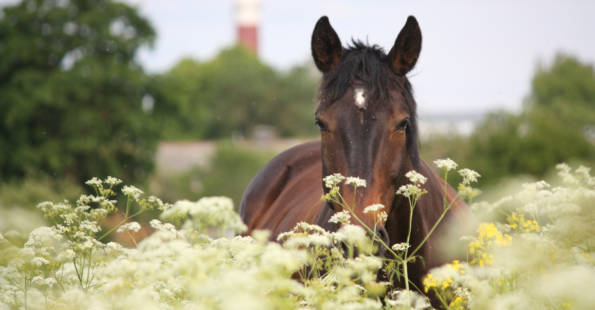
There is nothing more lovely than a meadow awash with wild flowers. Unless you are a horse owner that is. Some of Britain’s prettiest flora and fauna can actual post a huge threat to horses. If you don’t know your roses from your ragwort then don’t panic. We have compiled a hit list of the most frightening five poisonous plants.
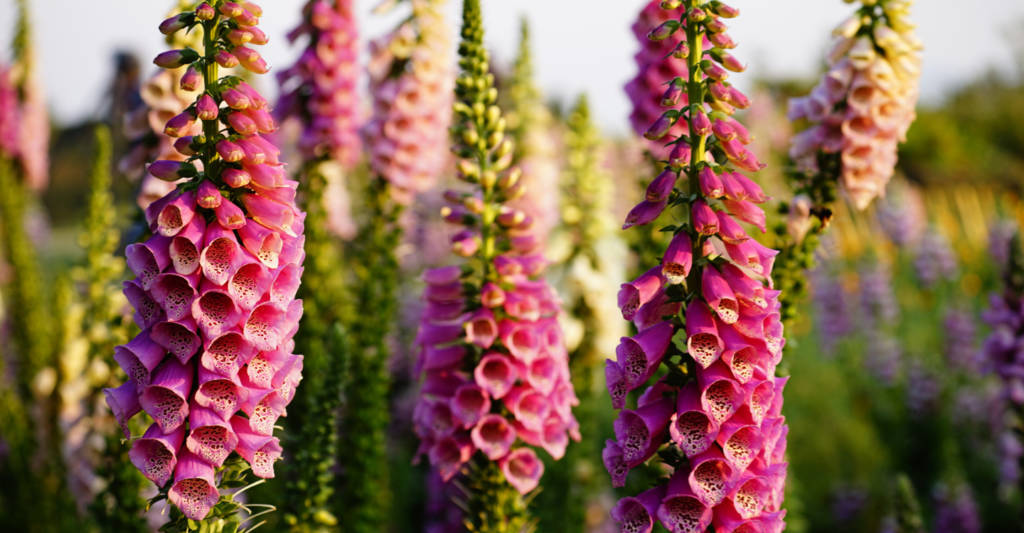
At this time of year Foxgloves are at their peak, standing tall and proud for all to see. Fortunately, this makes them easier to spot and remove across your meadows. Just 100g of this flower can kill a horse. If ingested, symptoms may include contracted pupils, convulsions, distressed breathing and even death within a few hours.
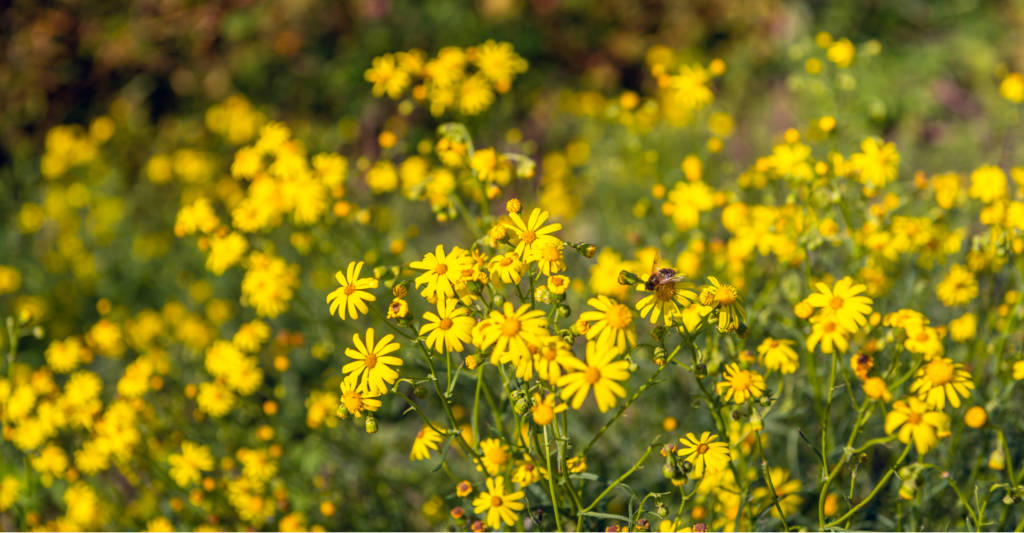
Perhaps one of the better-known poisonous plants, ragwort grows up to 1m tall and has bright yellow flowers. It is usually prevalent on poor quality grazing and spreads rapidly. Due to its bitter taste it is usually only eaten by horses when wilted or dried, which is why fields that contain ragwort should never be harvested for hay. Ragwort is toxic to the liver and can lead to death when eaten in large quantities. Read our blog on how to stop the spread of Ragwort to protect your horse.
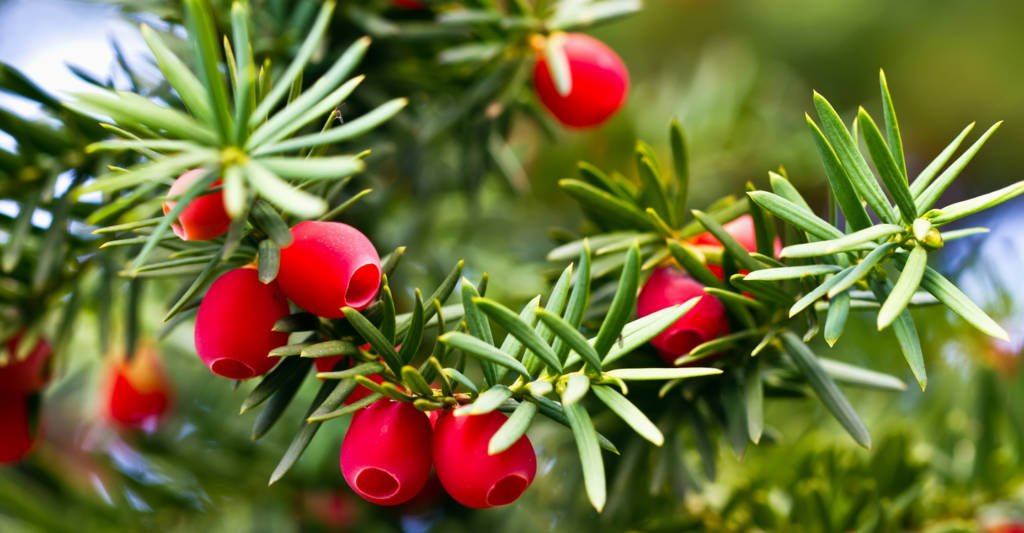
This is a common tree with distinctive red berries, seen in fields across the UK. Both the leaves and the berries are highly poisonous to horses, and can cause fatalities if ingested. Poisoned horses exhibit a coma-like state. If Yew trees are identified in your yard they must be fenced off and/or removed as soon as possible.
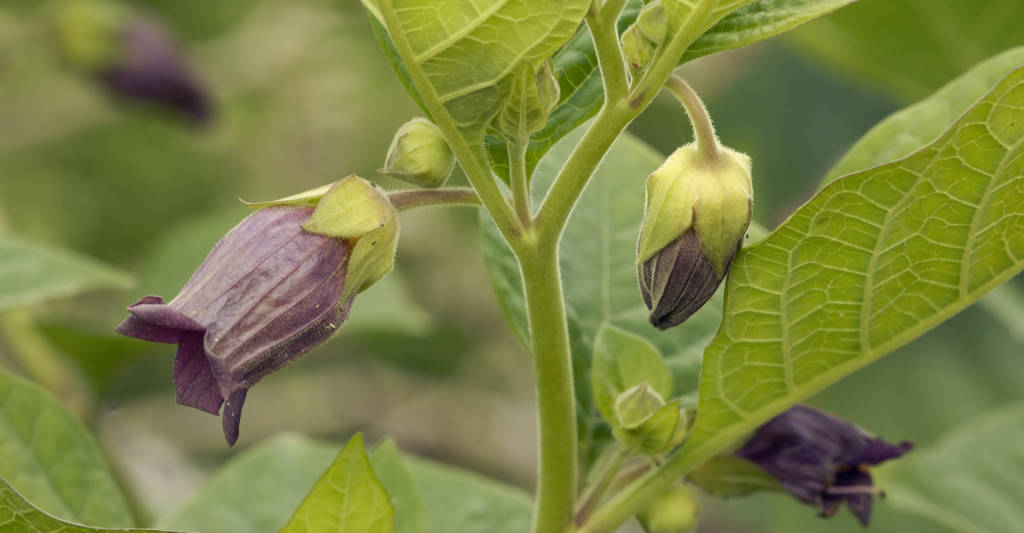
True to its name, this pretty purple flower has black shiny berries that can cause untold illness and injury to your horse. Symptoms of poisoning include pupil dilation, seizures and unconsciousness.
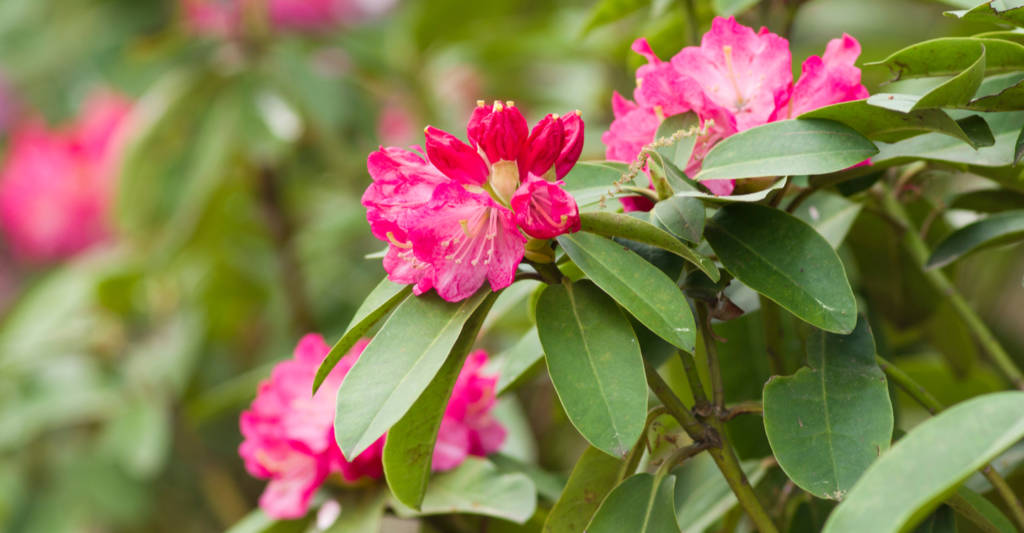
Commonly seen in borders, Rhododendron are popular shrubs and trees that display colourful blooms in the summer. Inquisitive or bored horses that nibble this poisonous plant may experience irritation in the stomach, abnormal heart rates, convulsions and death.
If any of these plants are identified at your stable yard, they should be controlled by good pasture management. You may need to stable horses whilst the plant removal is taking place. Weekly rotas to check the fields and perimeters will help to keep on top of any new growth. When removing plants take good care to remove them by the roots and burn the plants to prevent them reseeding and keep your horse safe this summer.